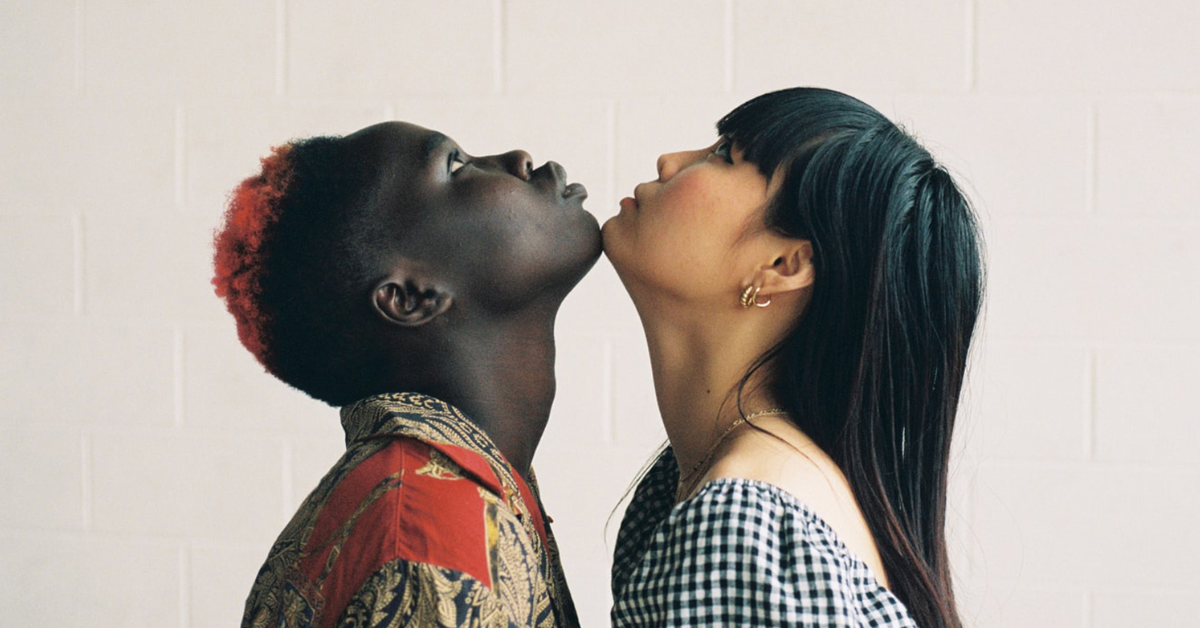
The power of inclusion and diversity in advertising
Our data shows that demonstrating inclusion and diversity in advertising is no longer optional, it’s an imperative.
In ‘The 5 habits of highly effective advertisers’, we highlighted that inclusion and diversity is one of the ingredients, or creative devices, used by brands to make their ads both creative and effective. In 2021, we predict this ingredient will be elevated to a habit for more advertisers. That’s because being inclusive in advertising isn’t only socially and morally right, it’s also good for brand ROI. According to Global MONITOR, 65% of consumers say that it’s important that the companies they buy from actively promote diversity and inclusion in their own business or society as a whole.
The rising importance of inclusion and diversity
In the last ten years, we’ve seen a massive change in society around equality and representation. Movements have risen around the rights of specific groups. Within the United Nations’ 17 Sustainable Development Goals, adopted in 2015, are calls to action to ‘achieve gender equality and empower all women and girls’ and to ‘reduce inequality within and among countries’. This latter goal calls for inclusion, regardless of age, sex, disability, race, ethnicity, origin, religion or economic or other status.
But what does this have to do with advertising? It should have everything to do with it. Rather than being a mirror on society, advertising has a powerful ability to shape it. The very best creative cannot only sell products and build brand equity, it can change behaviours and shape society. Indeed, some consumers believe that advertising has been instrumental in creating and reinforcing negative stereotypes. Therefore, the industry has an important role in leading change.
Also in 2015, Cannes Lions introduced Glass: The Lion for Change, with the specific goal of recognising work that challenged gender bias and shattered the stereotypical images which remain rooted in marketing messages. It was recognised that it was time for change.
This article was published exclusively on Kantar.com on April 20, 2021.

